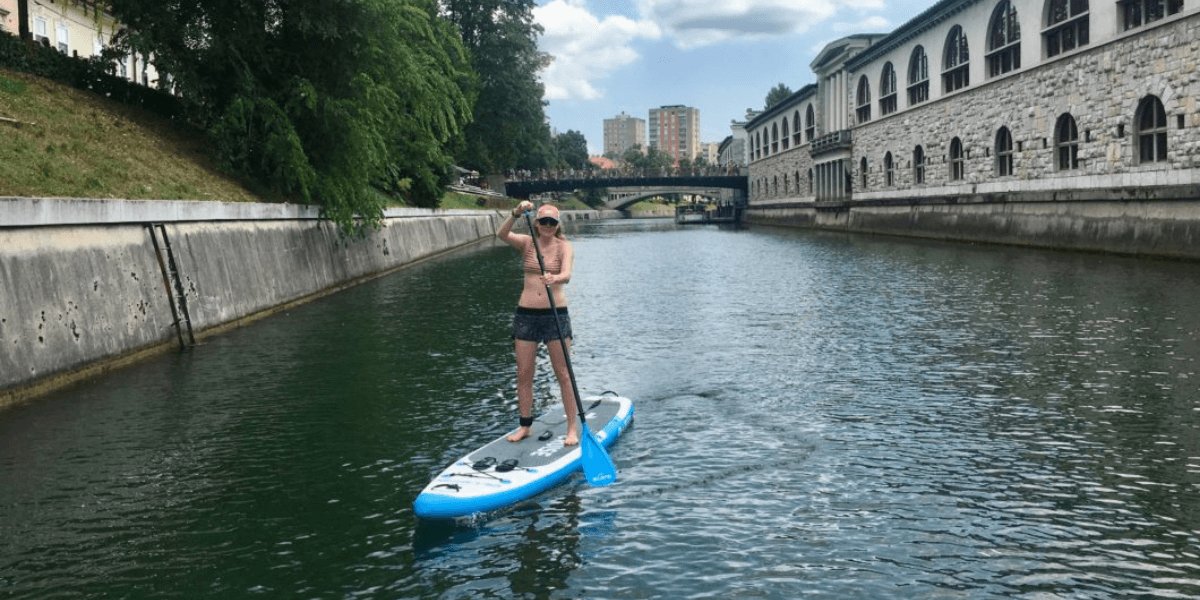
How to plan a SUP Travel
|
Time to read 3 min
--
Days--
Hours--
Mins--
Secs|
Time to read 3 min
Dan runs an Adventure Sports Coaching business in the Lake District. He does a ton of work with British Canoeing and is just an all-round expert in all things watersports. This week Dan talks to us about how to plan a SUP travel…
So, you’ve had a lot of fun paddling your SUP in areas that are familiar to you, and are looking to venture further afield? Here are some ideas for where you can find new ideas, and some key principles to plan your SUP travel!
British Canoeing has put together a large number of paddle trails and SUP travel plans. There are 171 trails, including circular routes, out and backs and linear trails, all searchable by difficulty and location. The great thing about these trails is that the plan for a SUP travel has been done for you! Parking info, hazards on the journey and local amenities are all detailed in the downloadable PDF files.
Just type any variation of ‘SUP’ ‘Paddleboard’ ‘Destination’ ‘Location’ ‘Venue’ or words to that effect and read what comes up. This approach, while throwing up more locations that we could hope to paddleboard during our SUP travel over several lifetimes, has its flaws…. We will need to make a judgement about how trustworthy the information we are reading is! This is especially important when we are looking at dynamic environments such as the sea, as tidal flows and swell regularly change, so what may have been gentle on one day can be wild the next!
Reach out to local SUP groups or communities for insider tips, recommendations, and potential group excursions during your SUP travel. Join online forums, social media groups, or SUP-related communities specific to your destination to connect with local paddlers. Attend local SUP events, races, or meetups to network with fellow enthusiasts and gain insights into the best paddling spots and conditions during your SUP travel. Reach out to local paddleboard rental shops or tour operators for guidance on recommended routes, safety tips, and equipment rentals. Consider hiring a local guide or instructor for a personalized SUP experience, tailored to your skill level and interests for your SUP travel. Volunteer for beach clean-up initiatives or environmental conservation projects organized by local SUP communities, fostering connections while giving back to the environment.
Look for campgrounds near water bodies that offer paddleboard-friendly sites, providing easy access to launch points. Consider booking accommodations at waterfront resorts or lodges that offer SUP rentals or have private access to suitable paddling areas. Explore vacation rentals or Airbnb listings with waterfront locations, enabling you to paddle directly from your doorstep. Check if there are any SUP-friendly hostels or guesthouses in the area, providing budget-friendly options for solo travelers or groups.
You’ve seen a body of water and you want to go and paddleboard on it. Go for an adventure (but there are a few things to check first before you make a final plan for your SUP travel!)
Is recreational paddling allowed? Some reservoirs have dangerous hidden currents, and so no watersports are allowed on them.
Do you need a licence? There are over 100 canals, broads and rivers that require users to hold a waterways licence (to contribute to upkeep!) You can check the list here
Do the conditions on the day match your skill and experience? For example, paddling on the sea for the first time with an underlying swell and offshore winds probably isn’t going to give the best experience.
